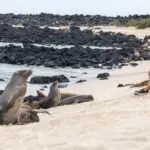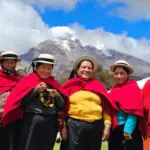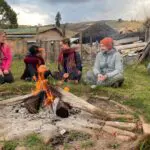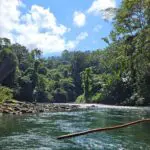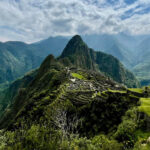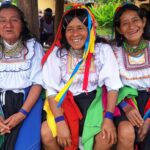There is no doubt about it: Lima has positioned itself as the Gastronomic Capital of Latin America. What was still considered a low-profile hobby in Peru at the end of the last century, has now led to the emergence of one of the world’s most spectacular cuisines. Thanks to Gastón Acurio and other renowned chefs like Virgilio Martinez and Pedro Miguel Schiaffino, the so-called ‘gastronomic boom’ in Lima was happening. The capital unites all cuisines of Peru and its products in one place, developing from a transit city into a destination where one can eat like the gods.
The Peruvian gastronomic identity is shaped by Peru’s vast territory that stretches from the most diverse sea in the world (the Pacific) over the fertile coastal valleys and the Andes Mountains, up to the great Amazon jungle. In addition to that, three foreign continents have contributed to the form it has taken: European and African people have set foot on the American continent during colonial times and many immigrants from China and Japan have also made their way here. Even though the stories of the first people coming to Peru from these continents are rather dark, these movements have had a great influence on the country’s gastronomy, making it rich and unique.
The variety of products available in Peru should be given the attention it deserves. If you travel here, you will soon be amazed by how many ingredients are produced in this one country, which is among the most bio-diverse ones on earth. Peruvian communities all over the country produce the best organic ingredients. These are then used by the most well-known chefs.
An article in the Spanish newspaper El País once mentioned that “there are 2.000 different species of fish, 1.500 varieties of potatoes and baby potatoes and 150 other tubers (potatoes, cassava, ollucos), 500 different fruits (including pacay, a sort of pod, guava and lucuma) 35 types of corn (white and purple), vegetables (like pepper and hot pepper), grain legumes (such as tarwi, similar to lupins), spices (like achiote), grains (like quinoa, cañihua or quihuicha), and Amazonian products (such as the elderberry, the camu camu, and the cat’s claw)”. Everything mentioned before merged into the extraordinary Peruvian cuisine. In the wonderful markets of Lima, lovers of culinary shopping can get lost in the cluster of small shops that have it all.
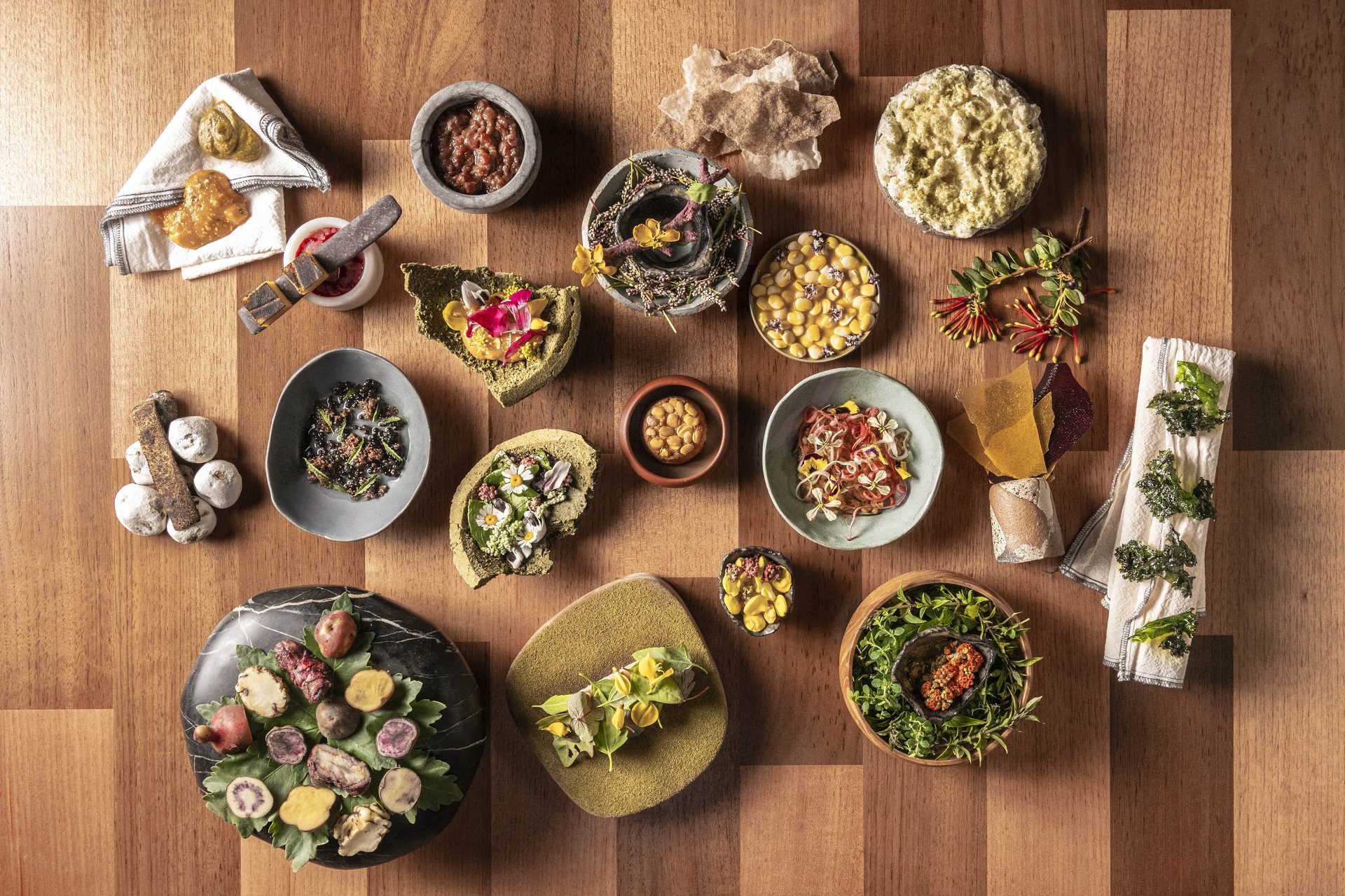
Of course, the perfect place for Peruvian cuisine, where all the culinary wonders of this country come together to be transformed into something spectacular, are of course the restaurants. And luckily, there is something for everyone’s taste. In Lima, one can actually find some of the best restaurants in the world, like Central, Astrid y Gastón, Malabar, Maido, El Mercado and others. They offer menus combining all kinds of ingredients, which are obtained from the deepest parts of the country.
Nevertheless, places looking less spectacular are not necessarily worse when it comes to food, so don’t underestimate them! Some of the best dishes like ceviche, for example, can actually be tasted in the most unexpected places, such as the tiny restaurants beside the road when driving along the coast. Here, you can find true temples of amazing marine food, seemingly in the middle of nowhere.
It’s probably for the best if we don’t tell you any more to not spoil you too much. We will leave the rest of Peru’s cuisine to be discovered by yourself when you finally make your way here. We hope that you treat yourself to some of the best culinary experiences in this wonderful country, valuing its agriculture and chefs.
Read the EL País article that we mentioned before here (in Spanish) and take a look at their restaurant guide.
If you are ready to start your spectacular gastronomic trip: Contact us or use our Custom Itineraries Service to let us guide you while planning your unique trip!
